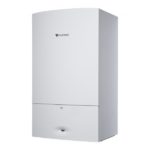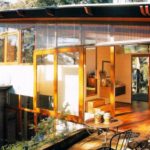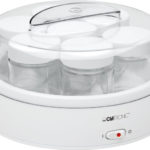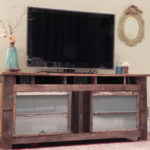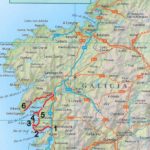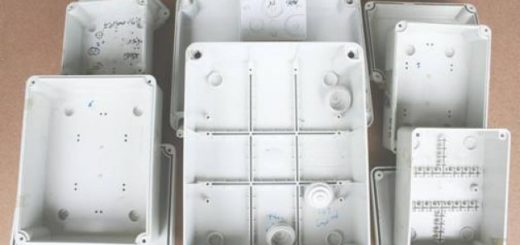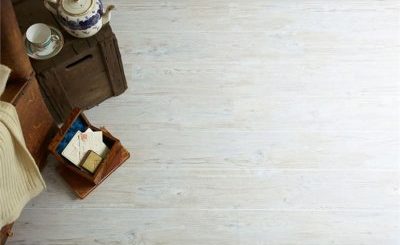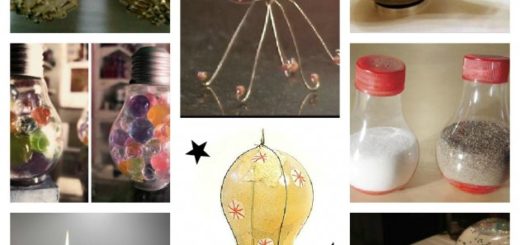Natural Light Capture Systems: Heliostats and Fiber-Optic Daylighting Explained
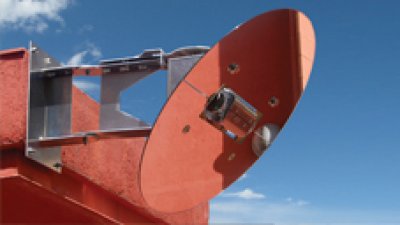
Innovative Systems for Capturing and Directing Natural Light in Buildings

Natural light capture is an essential strategy for improving interior lighting without relying on artificial systems. In a previous article, we explored the use of light tubes as a solution for bringing zenithal light indoors.
Today, we examine two innovative alternatives capable of channeling sunlight in a controlled and highly efficient way.
-
🌞 Learn what a heliostat is and how it redirects sunlight
A heliostat is a motorized flat reflector that follows the sun’s path throughout the day. Using an electronic control system, the mirror directs sunlight toward a specific point inside the building.
This creates a vertical beam of light that can later be redistributed using secondary reflectors or introduced into dedicated light-conducting shafts. -
🔧 Take advantage of heliostat mobility to increase performance
Unlike fixed systems, heliostats adjust their position continuously. This enhances their efficiency, as they can track the sun during all daylight hours and redirect light wherever it is needed inside the building. -
🌐 Explore fiber-optic systems for transporting natural light
Fiber-optic daylighting systems capture sunlight through rooftop collectors and transport it up to 20 meters inside the building using optical cables.
As described by Ecoinventos, these systems can branch into multiple interior “sun points,” creating a natural-light effect in spaces far from the exterior façade. -
💡 Consider the aesthetic advantages of fiber-optic natural lighting
Fiber-optic points of light closely mimic the quality of natural sunlight, offering strong aesthetic value. They can also be integrated into decorative solutions such as cove-lighting ceilings or indirect lighting systems. -
⚠️ Keep in mind the limitations of fiber-optic systems
Although performance is excellent, these systems require relatively large collector surfaces on the roof and involve a higher installation cost. Even so, their ability to transport sunlight with minimal loss makes them a compelling option for many architectural applications. -
🔍 Discover more natural lighting solutions
To compare additional systems and design alternatives, explore the Vilssa natural-light search tool.
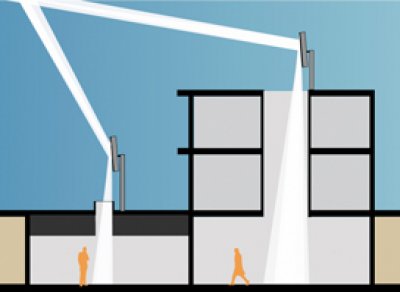
Heliostats operate like large mechanical “sunflowers,” searching for sunlight and directing it precisely where it is needed. They are especially useful in courtyards, deep interior spaces, or areas with limited natural-light access.
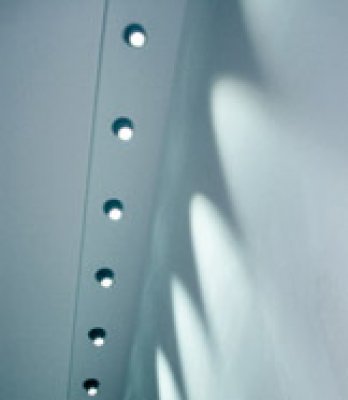
Fiber-optic daylighting is particularly attractive for homes or commercial spaces that require natural light in areas without direct exterior exposure. Though it involves a higher initial investment, the visual effect is highly appealing, creating small points of sunlight indoors.
© edited by the decoracion.vilssa editorial team (revised version)






